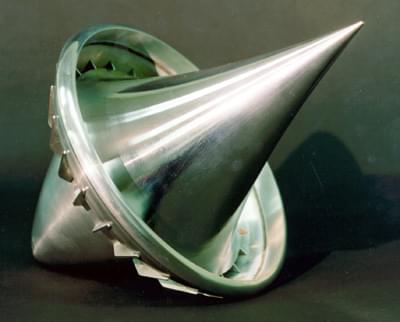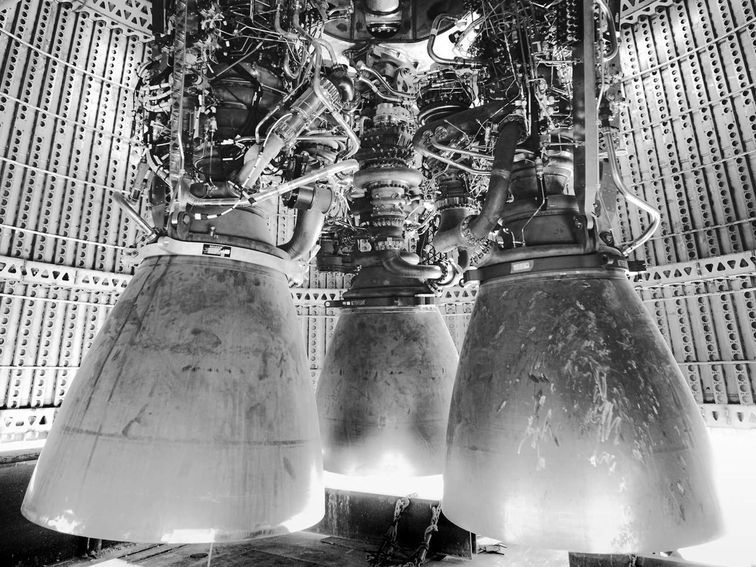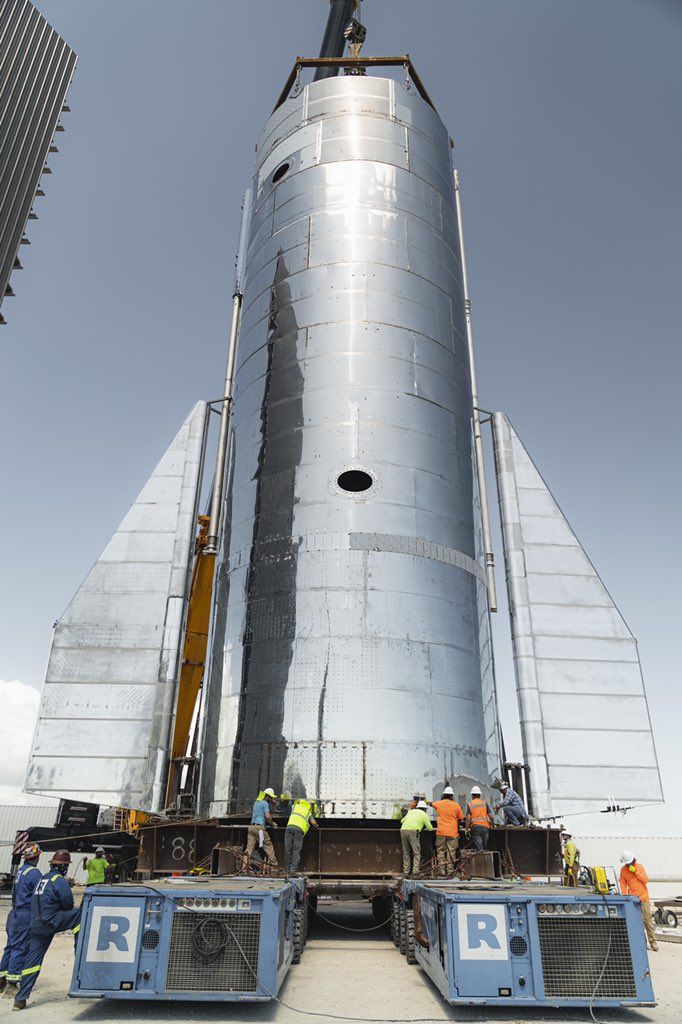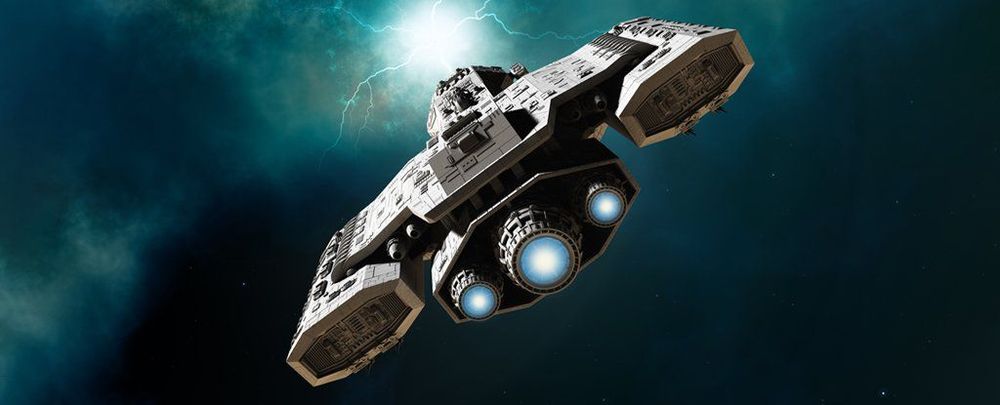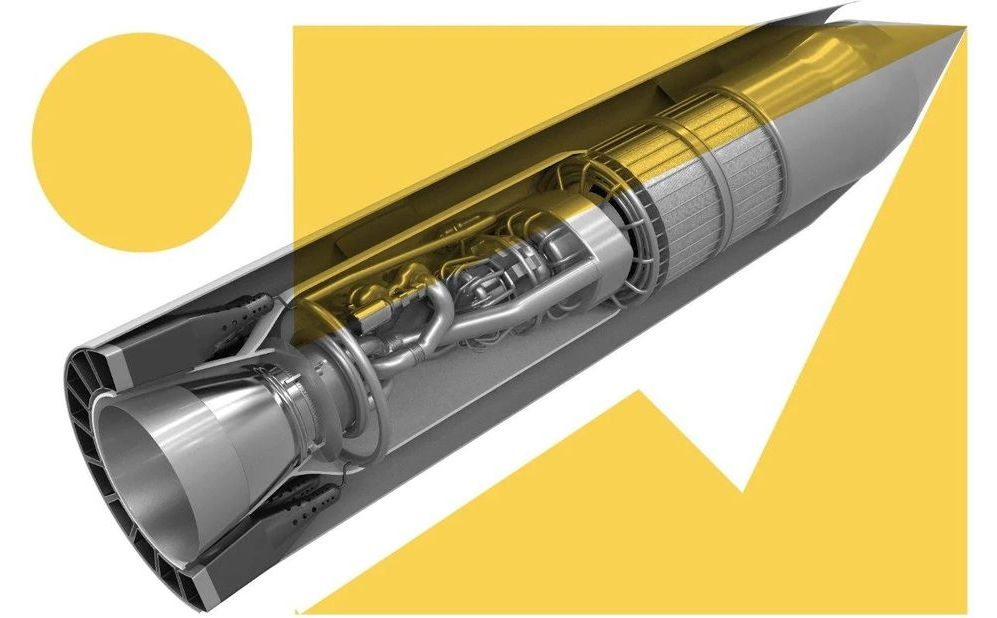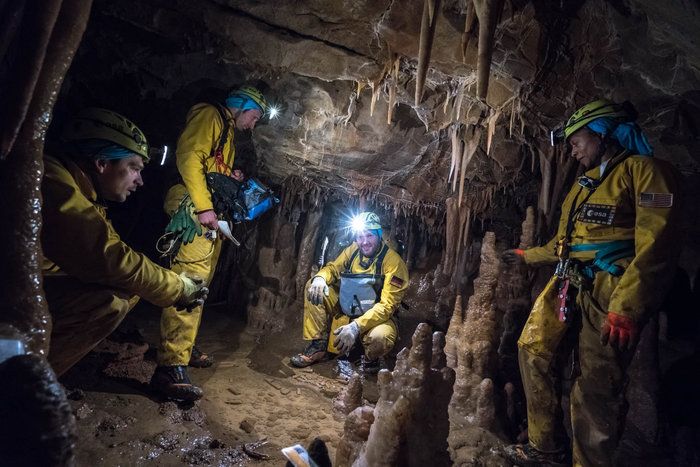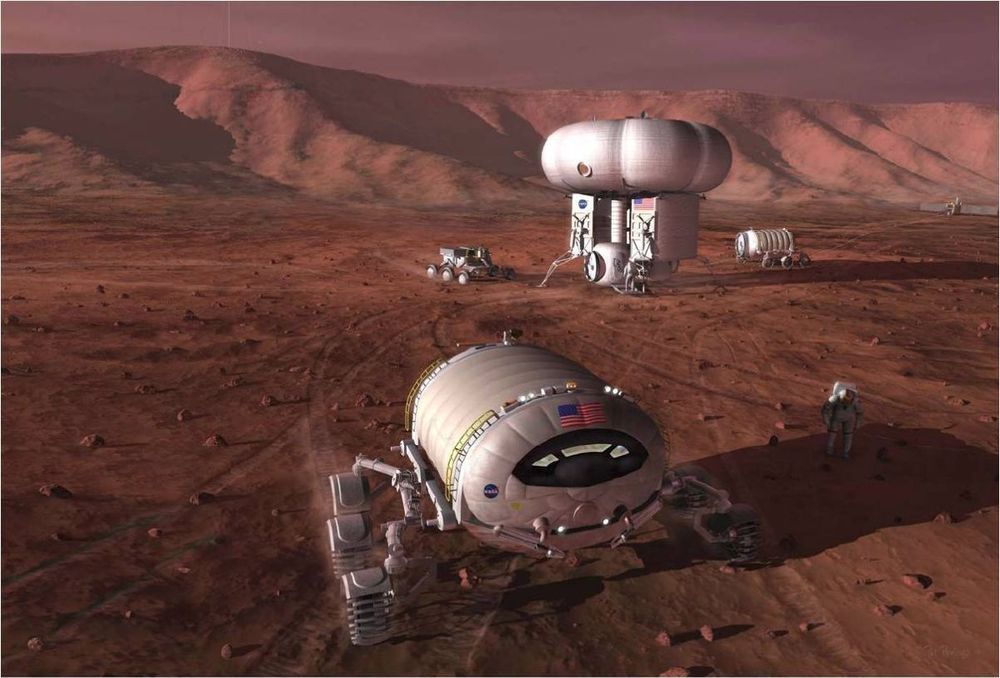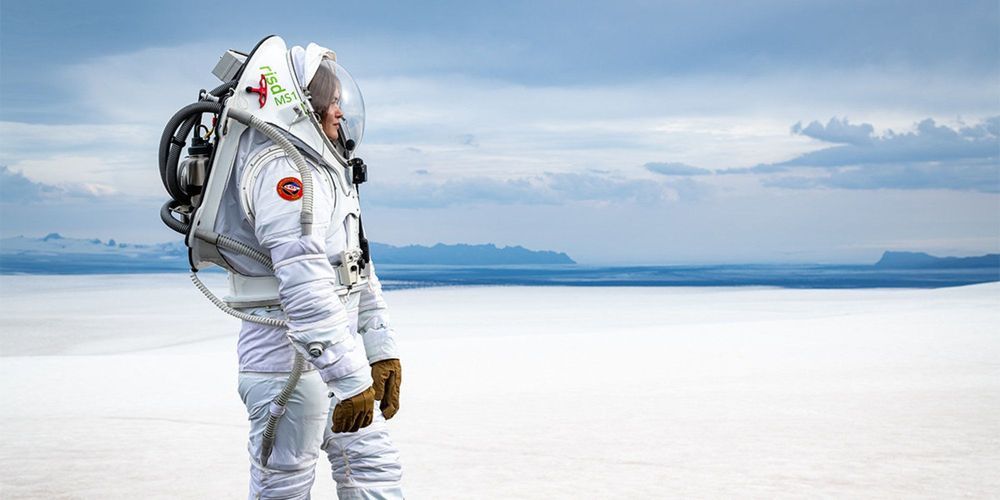Like many new technologies, light propulsion was originally conceived as a tool of war and national defense. But the “Star Wars” missile defense system may eventually send rockets, rather than missile-destroying lasers, into space.
Archive for the ‘space travel’ category: Page 323
Sep 27, 2019
SpaceX Starship now has three monster Raptor engines installed
Posted by Genevieve Klien in categories: Elon Musk, space travel
Sep 27, 2019
Elon Musk Just Dropped More Tantalizing Details About SpaceX’s Starship Prototype
Posted by Genevieve Klien in categories: Elon Musk, space travel
Elon Musk is doling out more and more details about SpaceX’s next Starship prototype ahead of his big presentation this weekend.
On Saturday (Sept. 28), Musk will reveal the latest design of Starship and Super Heavy, the reusable spaceship and rocket that SpaceX is developing to take people to the moon, Mars and other distant destinations.
Sep 26, 2019
Why Planet Earth Needs A Starfleet Academy
Posted by Bruce Dorminey in category: space travel
The case for a present-day ‘Starfleet Academy’ as a global, non-governmental hothouse incubator for space exploration.
Sep 25, 2019
Space travel across the universe could be faster than speed of light with Warp Drive
Posted by Paul Battista in category: space travel
SPACE agencies such as NASA and the ESA could theoretically one day travel the universe faster than the speed of light after one expert revealed that warp drive technology could be possible.
Sep 25, 2019
Scientists Are Starting to Take Warp Drives Seriously, Especially One Specific Concept
Posted by Quinn Sena in categories: physics, space travel
It’s hard living in a relativistic Universe, where even the nearest stars are so far away and the speed of light is absolute. It is little wonder then why science fiction franchises routinely employ FTL (Faster-than-Light) as a plot device.
Push a button, press a petal, and that fancy drive system – whose workings no one can explain – will send us to another location in space-time.
However, in recent years, the scientific community has become understandably excited and skeptical about claims that a particular concept – the Alcubierre Warp Drive – might actually be feasible.
Sep 25, 2019
New hypersonic engine poised to cut London-Sydney flight times to just four hours
Posted by Klaus Baldauf in category: space travel
Tourists could fly from Britain to Australia in just four hours by the 2030s with a new hypersonic engine being developed by UK scientists, the head of the UK Space Agency has said.
Reaction Engines, who are based in Oxfordshire, are in the process of building a hybrid hydrogen air-breathing rocket that will allow a plane to fly at Mach 5.4 — more than twice the speed of Concorde — then speed up to to Mach 25 in space.
Not only would the new ‘Sabre’ engine allow speedier journeys — with a flight between London and New York slashed to just over an hour — but the hydrogen/oxygen engine would be far greener and cheaper than current air travel.
There is never a dull day for participants of the CAVES campaign, ESA’s field training adventure that hones the communication, problem solving and teamwork skills an international crew will need to explore the tough, uncharted terrain of the Moon and Mars.
This week six astronauts turned ‘cavenauts’ from five space agencies headed underground in Slovenia, where they are currently living and working for the week. To keep the element of exploration, astronauts themselves do not know the exact location.
The goal is to run scientific experiments while managing the psychological toll of being in an extreme environment with a multinational crew.
Sep 23, 2019
Return to the Moon? 3D Printing with Moondust Could Be the Key to Future Lunar Living
Posted by Genevieve Klien in categories: 3D printing, space travel
This article was originally published at The Conversation. The publication contributed the article to Space.com’s Expert Voices: Op-Ed & Insights.
The entire Apollo 11 mission to the moon took just eight days. If we ever want to build permanent bases on the moon, or perhaps even Mars or beyond, then future astronauts will have to spend many more days, months and maybe even years in space without a constant lifeline to Earth. The question is how would they get hold of everything they needed. Using rockets to send all the equipment and supplies for building and maintaining long-term settlements on the moon would be hugely expensive.
This is where 3D printing could come in, allowing astronauts to construct whatever their lunar colony needed from raw materials. Much of the excitement around 3D printing in space has focused on using it to construct buildings from lunar rock. But my research suggests it may actually be more practical to use this moondust to supply lunar manufacturing labs turning out replacement components for all sorts of equipment.
If you can’t get to Mars, what’s the next best thing? Apparently Iceland. A team of renowned explorers and researchers recently journeyed to Iceland to test a Mars analog suit in a Martian-like environment.
The United sponsored expedition, led by The Explorers Club — an internationally recognized organization that promotes the scientific exploration of land, sea, air and space — and in partnership with Iceland Space Agency, involved the team venturing inside the Grímsvötn volcano and across the Vatnajökull ice cap. The group traveled to the remote location and lived for six days in the Grímsvötn Mountain Huts and endured harsh weather conditions and unstable terrain.
